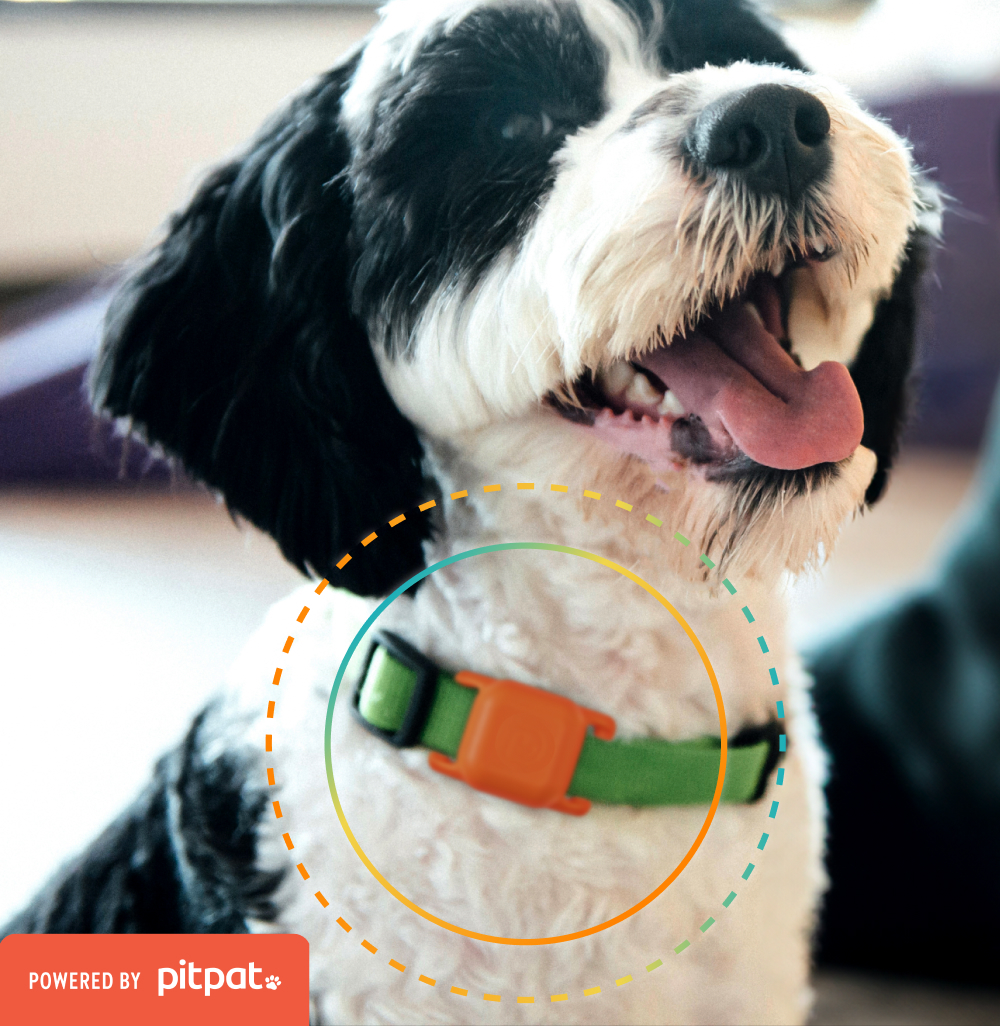Springtime Allergies: Recognizing & Managing Allergies in Dogs

Flowers are blooming, the temperature is rising, and allergies are rampant among humans and dogs alike. If you experience allergies triggered by your environment, you likely know just how uncomfortable the experience can be. Unfortunately, this can extend to our furry canine companions, and the symptoms they experience can be irritating and unpleasant. To help you navigate your pet’s springtime allergies, we’ve outlined ways you can recognize and treat them.
WHAT ARE THE SYMPTOMS OF SEASONAL DOG ALLERGIES?
As a receptive pet parent, you can likely tell when your furry family member feels a bit off, but there are some typical signs associated with allergies. Symptoms in dogs can include:
- Runny nose, sneezing, and coughing: These symptoms are commonly associated with allergies, both in humans and dogs. While considered mild symptoms, they can be a sign that their allergies have begun.
- Paw licking: Your dog may lick their paws from time to time as a form of self-grooming, but if they’re doing it constantly, this can be a sign that histamine (a chemical released when there’s an allergen) has been pushed to your dog’s paws. As a result, they lick their paws because of the irritation and itchiness.
- Biting or scratching: When your pup has allergy-triggered irritated skin, they may be prone to biting or scratching the area(s). Unfortunately, this can leave red, inflamed patches where the allergen landed. Treating these areas as soon as possible is important because it could lead to secondary infections later. And with excessive scratching comes excessive shedding so that’s another sign to watch for.
- Scooting: If you’ve ever seen your pup scoot their bottom on the ground, it can be a sign of itchiness. Because their anal glands can be impacted by the allergies your dog experiences, they may scoot or lick the area to relieve the itchiness. If you see that this area is swollen or inflamed, it could lead to further health issues, so treat this symptom early.
- Chronic ear infections: If you notice your dog frequently shakes their head or they have red, waxy ears, they may have an ear infection due to allergies.
WHAT ARE DOGS ALLERGIC TO?
There are a variety of environmental allergy-producing triggers that can affect dogs. Common culprits include grass and weed pollens, certain trees and flowers (particularly those categorized under the lily family), mold spores, bottlebrush plants, and more.
With spring in full swing, these environmental triggers are much more prevalent during your daily walks or in your backyard. As they breathe in pollen or play and lie in the grass, allergies can ensue.
HOW CAN YOU MANAGE YOUR DOG’S ALLERGIES?
Removing the trigger: One of the first ways you can help your dog with their allergies is by removing or reducing their triggers. Of course, this is not always possible. However, performing a quick sweep of your backyard to remove any known triggers and checking where your pup is sniffing around during your walks are great places to start.
Bath time: Baths are also a great option to reduce allergic reactions. We recognize bath time is not always easy to achieve with squirming pups, but wiping down their coats and paws after playing outside or getting them in the bath and using products to help promote and soothe irritated skin can help. You can also book regular spa sessions at a Dogtopia near you to add to this springtime hygiene routine.
Cleaning the air: Purifying the air your pup breathes with air purifiers around your home can be an excellent way to remove pollutants and allergy triggers that make their way in through open windows or doors.
Visit your vet: A nose-to-tail assessment by your vet can help address any skin irritation/infections, ear infections, and more. They may also provide medication to assist with allergy symptoms.
Supplements: With your vet’s approval and direction, adding fish oil or a fatty acid such as omega-3 or omega-6 oil can assist with itchiness. These supplements are anti-inflammatory and can improve your dog’s immune system, which benefits their allergy response.
Regularly clean toys and bedding: Keeping the items your dog plays with and lays on as clean as possible is important to help eliminate any airborne allergens they may be contaminated with. Keep toys on rotation so your dog won’t notice any are in the wash.
Spring can be a great time for your pup to get more active and enjoy the outdoors, but remaining on top of their allergies and their symptoms is key. Want your dog to still enjoy playtime without the environmental triggers? Bring them to Dogtopia daycare, where they can thrive in our indoor facilities. Our advanced HVAC systems keep the air circulating and clean while providing climate-control playrooms so it’s always a comfortable playtime temperature.
(Photo courtesy of instagram.com/dogtopiascottsdaleraintree/)













